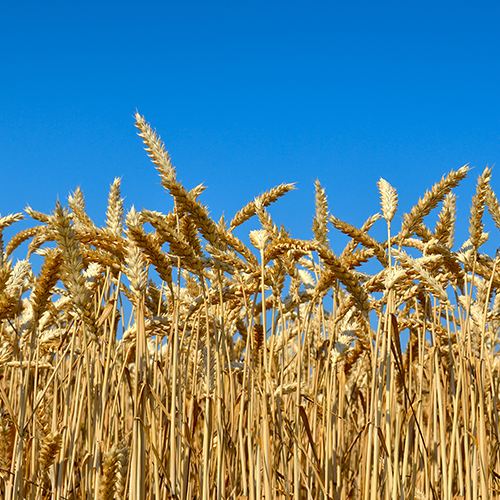Suppress farm fires with EnforcerOne: A success story
The following information is provided by Nationwide®, the #1 farm and ranch insurer in the U.S.* “It was just another day on the farm, baling hay under the summer sun,” begins Wesley, recounting the harrowing experience that unfolded on his...

